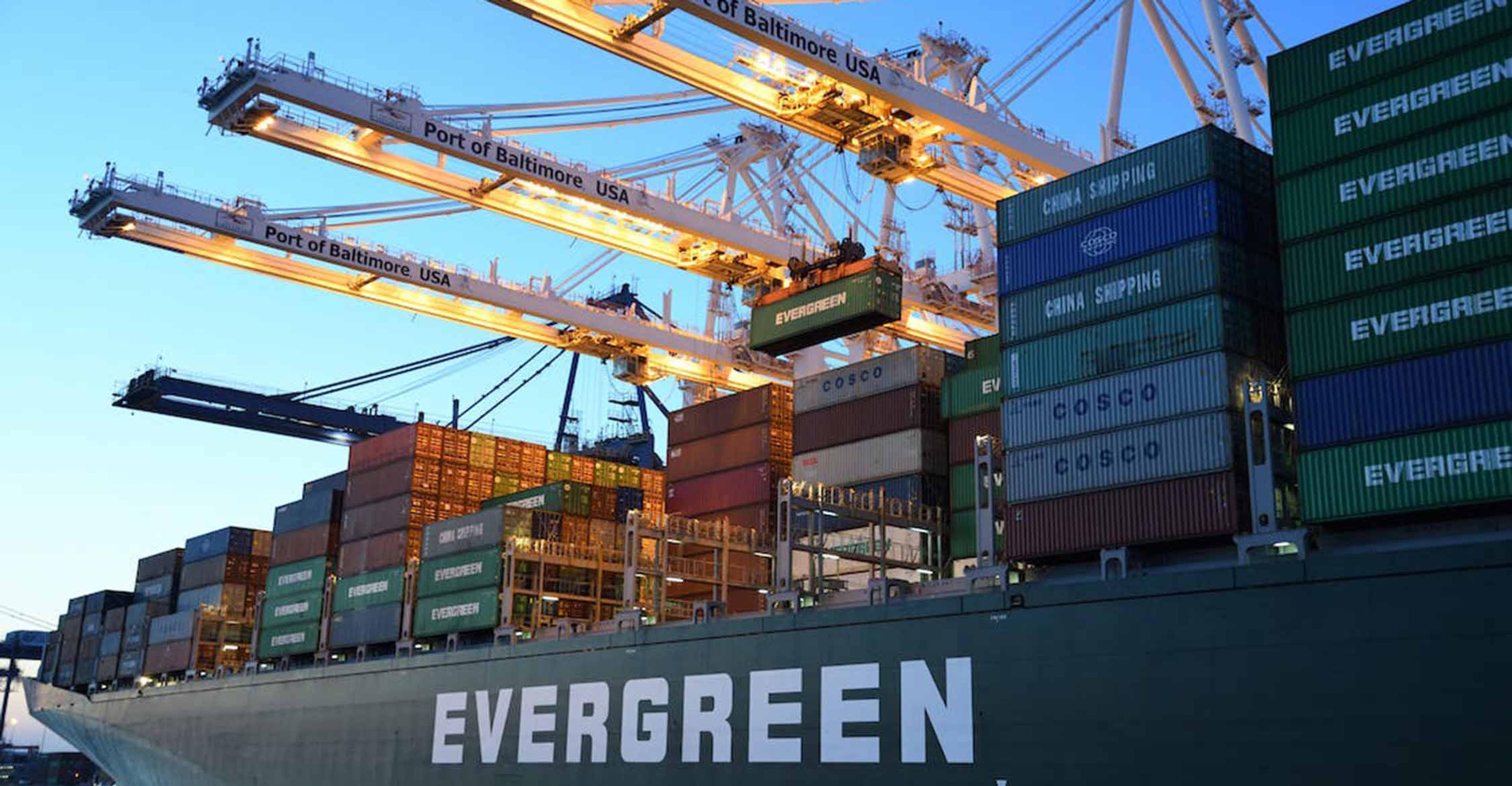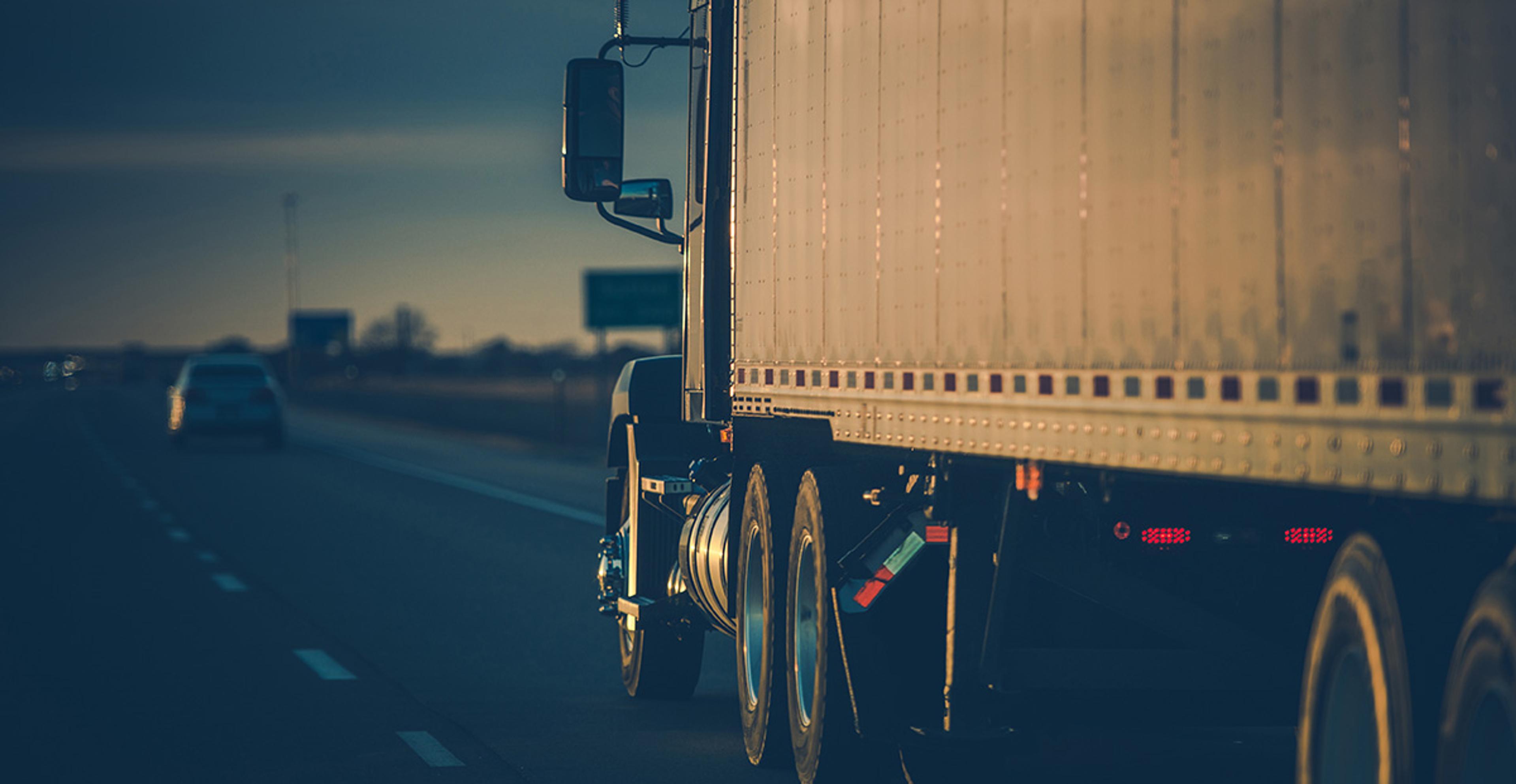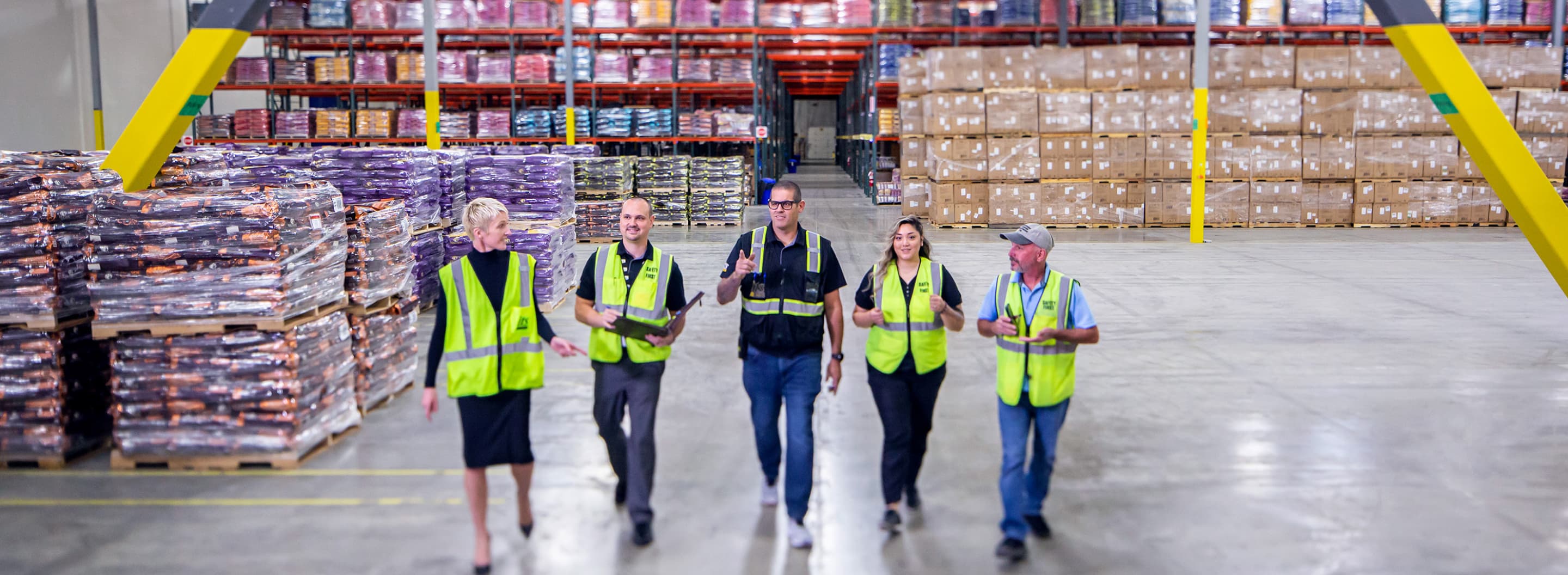
The Logistics of Logistics
August 25, 2023
Joe Lynch
FROM THE INTERVIEW: Paul Brashier and Joe Lynch discuss lingering port congestion and other issues causing shipping delays. Paul Brashier is Vice President Drayage and Intermodal at ITS Logistics, a third party logistics (3PL) company that offers creative supply chain solutions with an asset-lite transportation division that ranks #21 in North America, a top-tier asset-based dedicated fleet, and a Top 12 intermodal and drayage division.
“Drayage is the movement of an ocean container or rail container that you see on trains primarily in the US or on big ships around the ports. The trucking power that goes in to those rail ramps or those ports and that trucking capacity that pulls those containers out and takes that either to Walmart DC or sometimes even direct stores and that’s primarily what the dray piece is. The intermodal there the actual definition and how it is used. Intermodal is primarily rail. Domestic rail is how most people use that. Those use different type of equipment. Those move freight in similar types of lanes as domestic US truckloads. The big rigs you see on the road and we would go into a rail ramp as well. That dray space will pull that out. One thing we do here, at ITS is that we cobble those services together. If its a domestic or ocean container, once that gets off the boat we book on rail lanes as well for our clients. We take that from boat to rail and then dray that off from a ramp to where our clients want.” says Paul Brashier VP of Drayage and Intermodal at ITS Logistics.
“Its very interesting, we do not give it enough thought but moving stuff by ocean is much cheaper per piece than other ways. The United States is blessed to have these wonderful water ways that most counties don’t have even a fraction of these. We have these oceans that surround us that allow us to move freight effectively and very efficiently cost wise. What also is nice we used to take things before we had containers–which probably go back to 50s and 60s. You used to have to unload a boat, which took forever. Unloading boat now, using the cranes to get those containers out is much more cost effective, and much faster which makes it so much more efficient. All the things that came in inexpensively from China or Asia…” says Joe Lynch.
“When you look at it, it is efficient compared to where we were and other countries. If you were a land locked country like Switzerland or Mongolia. They are definitely not as well positioned as we are here in the United States. One thing that we do here that is probably not done as well in other countries is innovation and technology and making that more efficient and cost effective. Even though we have a lot of work to do and we can always get better. There are efficiency gains in those modes as well. ” says Brashier.
Listen to the full podcast here.



